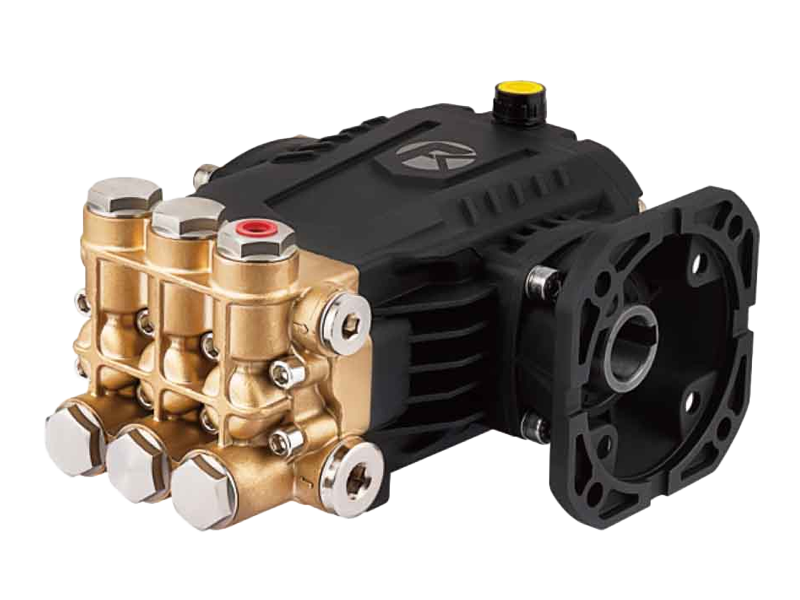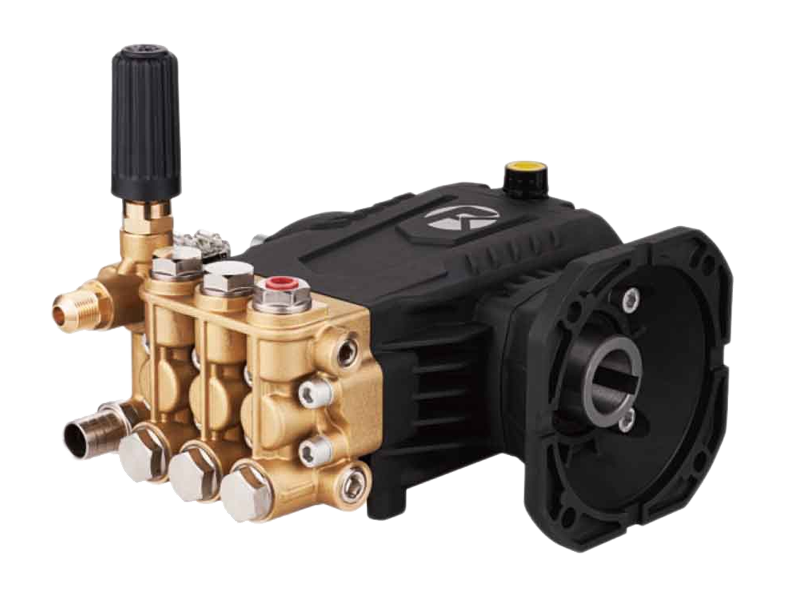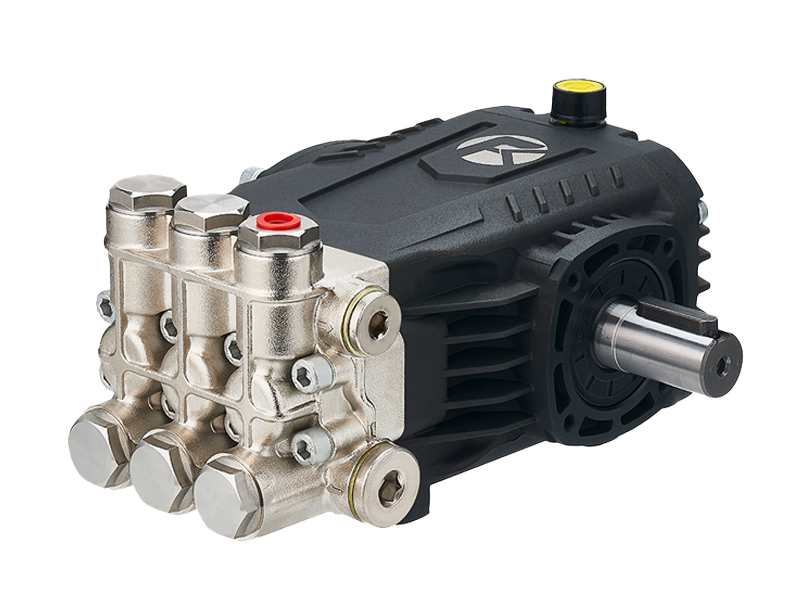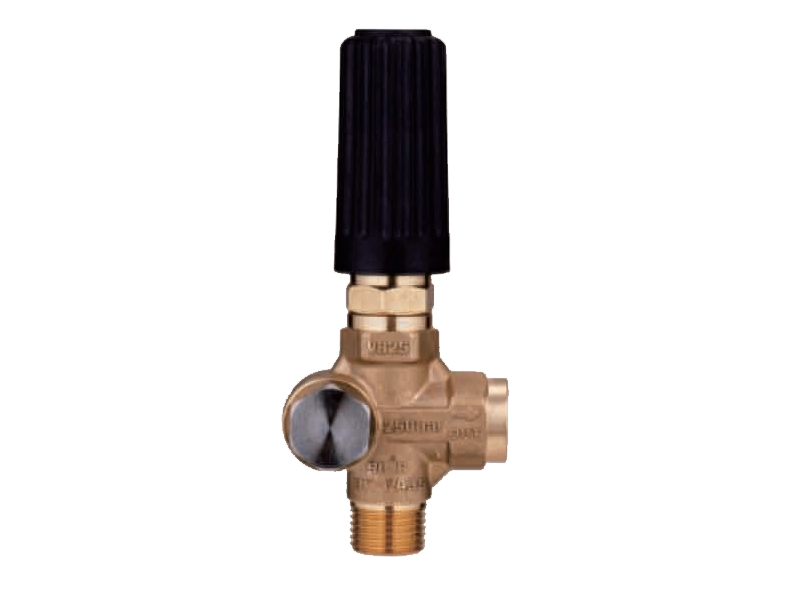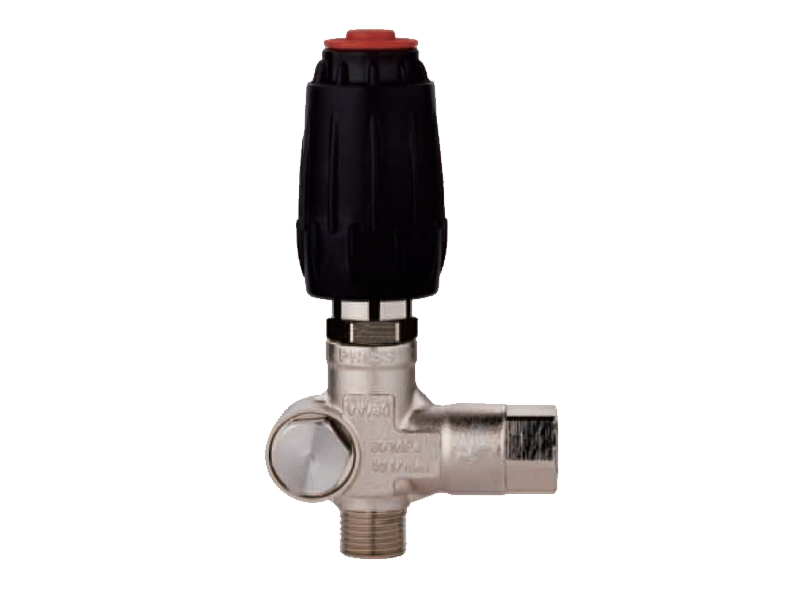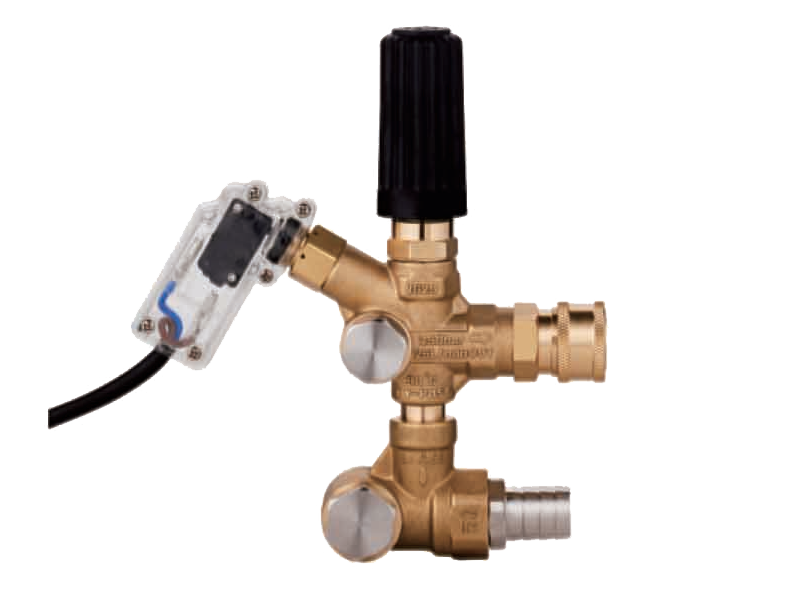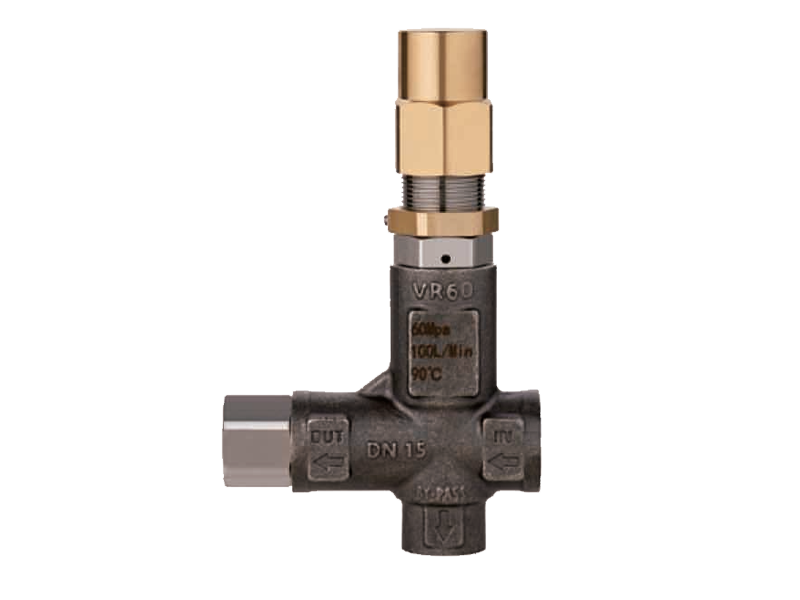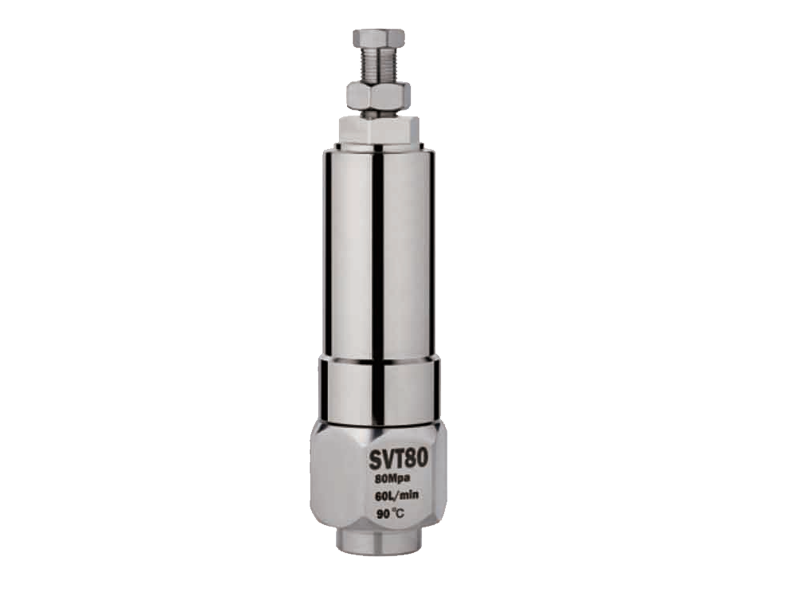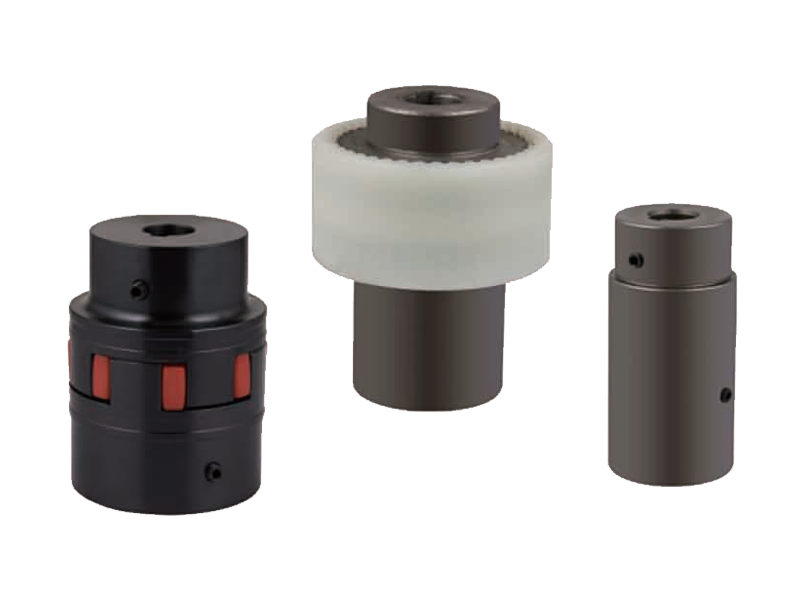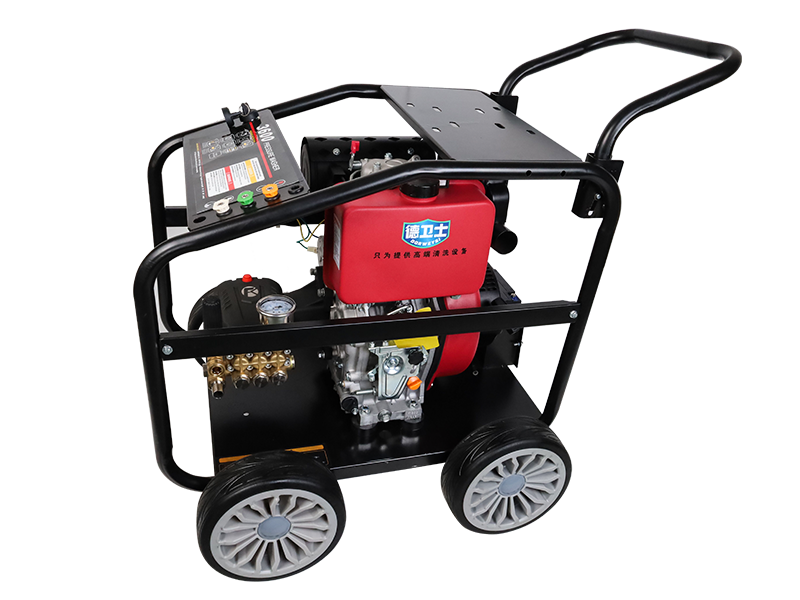Ensuring Smooth Start-Up and Shutdown Processes for High Pressure Pumps
The Importance of Smooth Start and Stop Operations
In many industrial settings, the performance of a High Pressure Pump is not only measured by its ability to generate pressure but also by how smoothly it can start and stop. Abrupt or rough start-up and shutdown processes can cause mechanical stress, reduce the lifespan of the pump, and increase maintenance costs. Therefore, evaluating whether a High Pressure Pump operates with smooth transitions is crucial for system reliability.
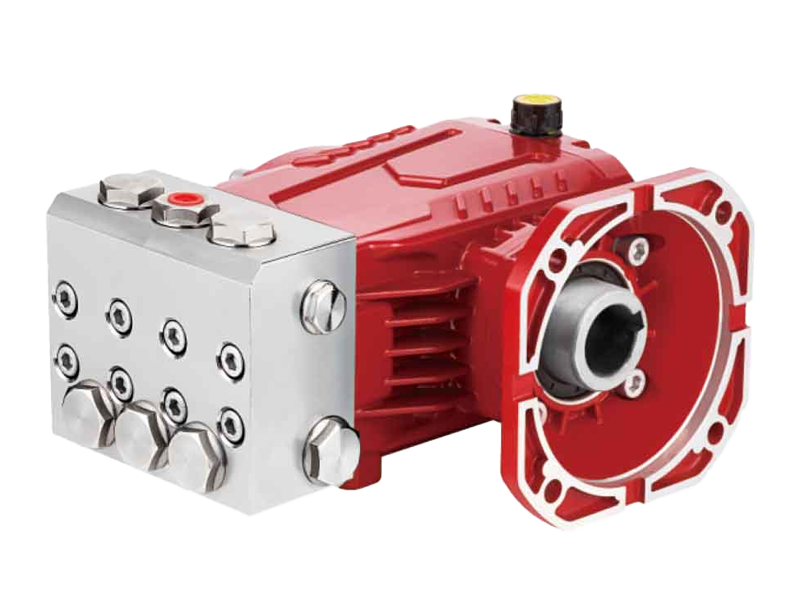
Factors Affecting Start-Up Smoothness
Several factors influence how smoothly a High Pressure Pump starts. These include the design of the pump and motor, the control system used, and the fluid properties. Pumps with variable frequency drives (VFDs) can gradually ramp up speed, reducing the mechanical shock and current surge typically seen during start-up. Additionally, the viscosity and temperature of the pumped fluid can affect the initial load on the pump, impacting the smoothness of the start.
Impact of Sudden Starts on High Pressure Pumps
Starting a high-pressure pump suddenly without adequate control can cause water hammer effects, causing pressure spikes that damage seals, valves, and piping. The motor may experience high inrush current, stressing electrical components and potentially triggering protective devices. Mechanical components such as shafts and bearings may also undergo excessive wear due to abrupt torque changes.
Techniques to Achieve a Smooth Start-Up
To mitigate these risks, several strategies are employed. Soft starters and VFDs enable gradual acceleration, reducing mechanical and electrical stresses. Pre-filling the pump casing with fluid before starting prevents dry running and cavitation. Controlled start sequences integrated into the pump’s control system further enhance smoothness and operational safety.
Smooth Shutdown Considerations
Just as important as starting smoothly, stopping a High Pressure Pump without abruptness protects equipment integrity. Sudden stops can cause pressure drops and flow reversals, causing cavitation and water hammer. These phenomena may damage internal components and compromise system stability.
Methods to Ensure Gentle Shutdowns
Controlled deceleration using VFDs or soft stop functions allows the pump speed to decrease gradually, avoiding pressure surges. Automated valves can help maintain stable system pressure during shutdown. Additionally, some systems employ bypass or recirculation lines to alleviate pressure fluctuations when the pump stops.
Role of Automation and Monitoring Systems
Modern High Pressure Pumps are often equipped with automation systems that manage start and stop sequences precisely. These systems monitor pressure, flow, and motor parameters to optimize transitions. Alarm systems notify operators of any irregularities during start-up or shutdown, enabling timely intervention.
Benefits of Smooth Start and Stop Operations
Implementing smooth operational transitions significantly extends the service life of a High Pressure Pump by reducing mechanical fatigue and electrical stress. It enhances process reliability, reduces downtime, and lowers maintenance costs. Smooth operations also improve safety by preventing sudden pressure-related incidents.
Conclusion: Smooth Start-Up and Shutdown Are Vital for Reliable High Pressure Pump Performance
The ability of a High Pressure Pump to start and stop smoothly is essential for protecting equipment, maintaining consistent operation, and optimizing lifespan. Through appropriate design choices, control technologies, and maintenance practices, industries can ensure their high-pressure pumps operate with the gentle transitions necessary for long-term, trouble-free service.


 English
English Español
Español русский
русский